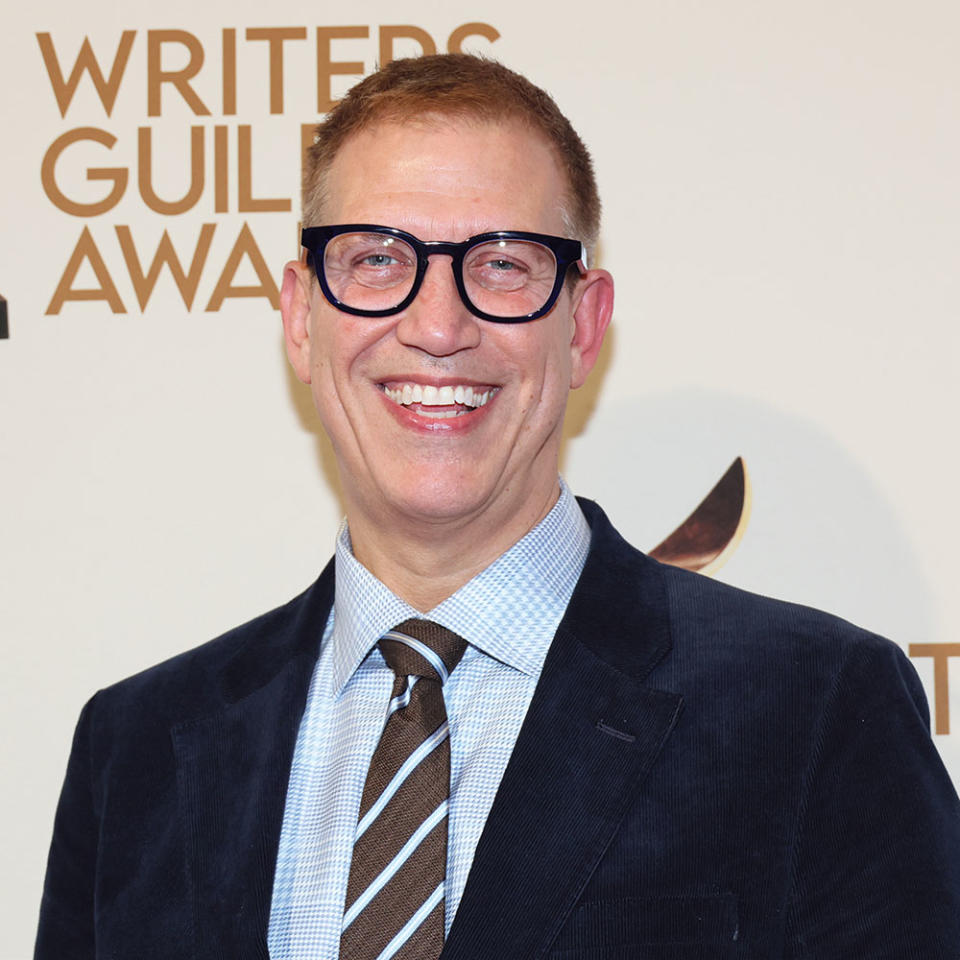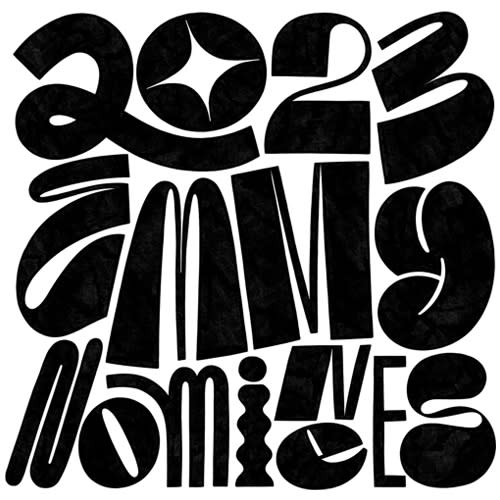‘Only Murders in the Building’ Showrunner Says He “Could Never Have Predicted” the Comic Alchemy Between Its Stars
- Oops!Something went wrong.Please try again later.
- Oops!Something went wrong.Please try again later.

The great question of a murder mystery show is, what do you do when the central case is solved? Only Murders in the Building had a quick answer for that, revealed in the cliffhanger ending of the first season: Add another murder on top of the first. In the second season, the oddball trio of Upper West Siders played by Steve Martin, Martin Short and Selena Gomez are tasked with figuring out who killed building busybody Bunny (Jayne Houdyshell). Their investigation leads right back to where their obsession with death began: the world of true-crime podcasts, with a vindictive assistant (Adina Verson) behind Bunny’s slaying. Now that the second season has 11 Emmy nominations, including one for outstanding comedy series, showrunner John Hoffman walks THR through his sophomore outing.

Going into season two, how were you thinking about following up on the momentum of season one?
More from The Hollywood Reporter
Guest Essay: How 'George & Tammy' Captured My Parents as Human Beings First, Musical Icons Second
'Hocus Pocus 2' Delivered "Cosmic Costume Design" With Magical Flourishes
'Fire Island' Director Says Film Shoot "Was Like Gay Summer Camp"
I was very interested from the very beginning in the possibility of a two-season arc with the mystery. That was always sort of in my head. I wasn’t settled on it, truthfully, until we started back in a deeper way with the writers room for season two. I thought that would be intriguing if we could pull it off, if we could twist it enough so that you wouldn’t see it coming and we could seed it through enough into season two that it felt justified by the end. You understood the whole scope. It also honestly relied on people’s interest. Part of it was the question, OK, is anyone going to care what happened in the first season by the time of the second season? We took a gamble on that.
You learn so much when you do a first season of a show and you find yourselves sort of interested in certain things, and you also recognize the strengths of the actors and the performers and everything else. I love the discovery of great character actors in New York. Someone I was not familiar with was Adina Verson, who played [the killer] Poppy. She auditioned for Cinda Canning very way back in the beginning when we thought Tina Fey would be a crazy long shot. It was one of the greatest auditions I’d ever seen. There’s a cadence, there’s a quality to a podcast voice that Adina was able to convey. So basically we created Poppy for her, and in that I started the thinking of where Poppy might go.
The first season, your victim is someone who is mysterious. Whereas someone like Bunny is an institution in New York.
She started for me with Ruth Gordon in Rosemary’s Baby. That’s not really the model, obviously. They’re not all devil worshipers, but it’s that type. If there were only Bunnys in a show, I would write that show happily.
You had all these side characters that were popping up in the first season, but in the second you center on someone like Bunny.
Once we knew that we were doing a show based on a building, we needed lots of people to fill those apartments. I both felt bad and was excited for my dear friend Jayne Houdyshell. When I asked her to play Bunny, I was very much saying, “OK, by the way, you’re going to be the victim at the end of season one.” She was immediately a little bit crestfallen, but she was also doing The Music Man [on Broadway]. But that kind of fed into the season-long arc, and then there was the wish really to go deeper into the trio’s character backstories and what was really going on with them, what drove them to this sort of true-crime exploration. All of that felt really necessary to hit in the second season, but also the characters in the building itself — diving deep into the building’s history and letting someone like Shirley MacLaine’s character, Bunny’s mother, come back and give us even more of a deep dive into the history of the building via the board presidency.
How did writing for the central trio shift in the second season?
The thing we could never have predicted was that comedic alchemy that occurred among the three actors. We absolutely knew we were going to head right there and to the comedy gold of that. The other part was that I think we knew, but I think we were even ourselves surprised by the depth that all of them were able to reach dramatically.
You started as a true-crime satire and you sort of take it even further in the second season with the podcaster being the central villain. How did you come to that?
[Season one] was driven by a very personal thing. I’ve talked about it before: my best friend from high school died in a very unexpected way, and I had to sort of investigate it — I couldn’t help but investigate it. I feel I have to have some confidence in building understanding of what the case and what the victim and what the culprit are being driven by. I’m leaning right in toward that whenever I have it. In this case, with Poppy being the sort of person who is trying to make a mark, it’s, for me, nakedly obvious. I’d never written mysteries. I felt out of my wheelhouse a little bit at the beginning. You do it until someone says you’re OK at it, but you’re longing for more authority and more ownership of it. That felt like a deeper emotional connection for me as a writer through Poppy.
Everyone is looking for what is that gem of a curious story that you can sort of exploit for your own benefit. That is the cottage industry that we were in, that definitely craven impulse to find that. We try to do empathetic portrayals of damaged people. It’s easy, I think, in the world every now and then to be a little more damaged than otherwise. That was really intriguing to me, too.
Was there anything you had a chance to do in season two that was especially thrilling?
Gosh, I look to the finale. As I say, if there was this goal of building a two-season arc around it and revealing Poppy to have been Becky Butler from the original podcast that first brought our trio together, that thrilled me. If we built it correctly, the sort of hurtling, unfolding and revealing of so many things that we had to have happen in that finale was an all-hands-on-deck [situation].
What was it like having everyone on an apartment set at once?
It’s personality plus. It’s a strategic and directorial nightmare that was masterfully handled by [director/executive producer] Jamie Babbit because it was also a scheduling thing. That was many days of shooting. Tina Fey was in the room one day out of the four-day shoot. So it was crazy, but it felt very Agatha Christie. It’s Poirot in the room having everyone collected, and now we will tell you what happened. Our spin on that and twisting that as many times as we did felt like such a blast. We felt this bath of assuredness in being able to pull it off because you had this collection of unbelievable actors around you who all know how to do it.
Interview edited for length and clarity.
This story first appeared in an August stand-alone issue of The Hollywood Reporter magazine. To receive the magazine, click here to subscribe.
Best of The Hollywood Reporter


